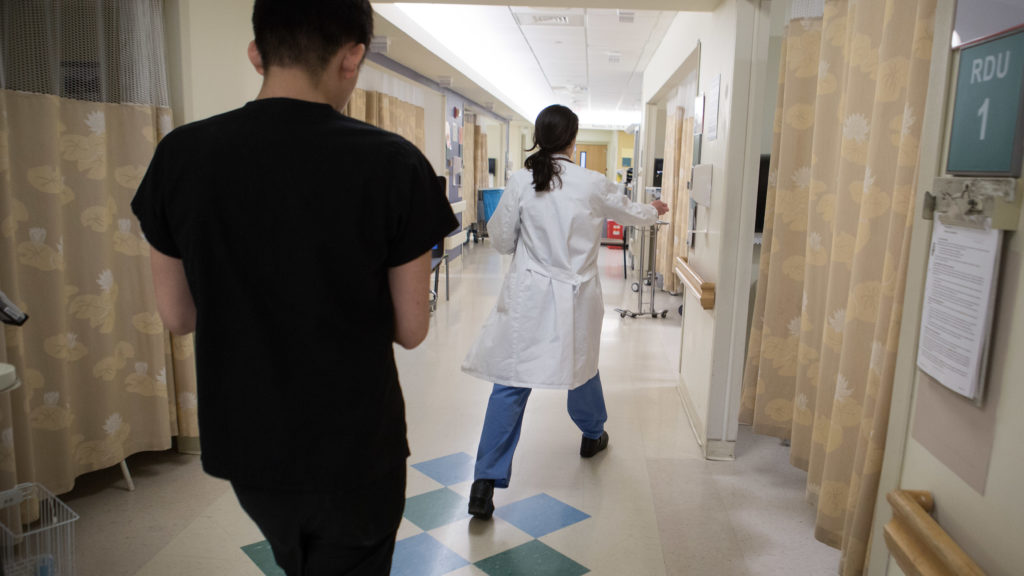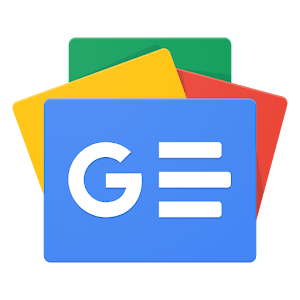Transforming from an AI Scribe Skeptic to an Enthusiast

Evolution of Patient Documentation in Emergency Medicine
The Early Days of Documentation
Around twenty years ago, the world of emergency medicine relied heavily on manual processes for patient documentation. Physicians used carbon-copy forms to record patient information, which were then filed away at the hospital. To request lab tests, X-rays, or medications, doctors had to write down instructions by hand, track down the right nurse, and verbally convey their needs. Communication was often channeled through basic phones and fax machines, making every task labor-intensive and time-consuming.
The Rise of Electronic Health Records
The introduction of electronic health records (EHR) marked a significant turning point in the workflow of healthcare professionals. What used to require several steps could now be achieved with just a few clicks of a mouse. However, this technological shift had a downside—the focus of healthcare providers began shifting from direct patient interaction to screens. Doctors found themselves typing orders and notes while often turning their backs on patients, losing that vital face-to-face connection.
The Role of Medical Scribes
In response to the challenges created by electronic documentation, many emergency departments started employing medical scribes. These trained individuals helped document patient encounters, significantly enhancing physician productivity. According to a multicenter randomized trial published in the British Medical Journal, the presence of scribes led to a productivity increase of 25.6% during primary consultations. Most importantly, scribes allowed doctors to spend more quality time with their patients.
The Introduction of AI Listening Technology
With advances in technology, AI-driven ambient listening has emerged as a new frontier in healthcare documentation. Instead of needing a human scribe, this technology can now capture and transcribe doctor-patient conversations in real time.
In many locations, only one-party consent is needed to record these interactions. Many doctors, including those who have adopted this system, inform patients that they are using a tool to document their discussions so they can focus entirely on them. Interestingly, most patients appreciate this approach, as it allows for more natural conversations without the distraction of a doctor typing notes.
A Seamless Integration
When using ambient listening technology, healthcare professionals no longer require physical paperwork or even a scribe present for note-taking. For example, physicians can enter a patient room equipped only with their smartphone, and the AI tool handles the documentation. After seeing multiple patients, they can access drafts of their notes, making it easier to finalize them later.
Although the process may have had a rocky start—initially involving cumbersome steps of copying notes from an external platform into the medical record—recent advancements have led to fully integrated systems within EHRs. Those who transitioned to this streamlined system report higher satisfaction and efficiency.
Challenges and Limitations
Despite the many advantages, AI-assisted documentation is not flawless. AI can misinterpret conversations, generating notes that sometimes require further editing. Usually, these inaccuracies don’t involve factual errors but can miss the critical elements of an encounter—especially in emergency settings where urgency is paramount. Clear verbal summaries provided to both the patient and the AI can enhance the accuracy of documentation.
Future Potential of Ambient Listening Technology
Looking ahead, the capabilities of AI-driven ambient listening in healthcare could further advance to meet clinical demands. For instance, AI could analyze verbal summaries and automatically suggest relevant treatment plans or identify necessary consultations. As these technologies develop, they aim to reduce the cognitive load on healthcare providers, allowing them to focus more on patient care.
However, integrating AI requires a careful approach. It should support and not replace clinical judgment. AI-generated notes can serve as drafts, capturing key stories, but it is still up to the physician to highlight what is most important clinically.
For many doctors, the promise of AI-driven ambient listening technology is to enhance their relationship with patients, allowing them to be more present during consultations.




